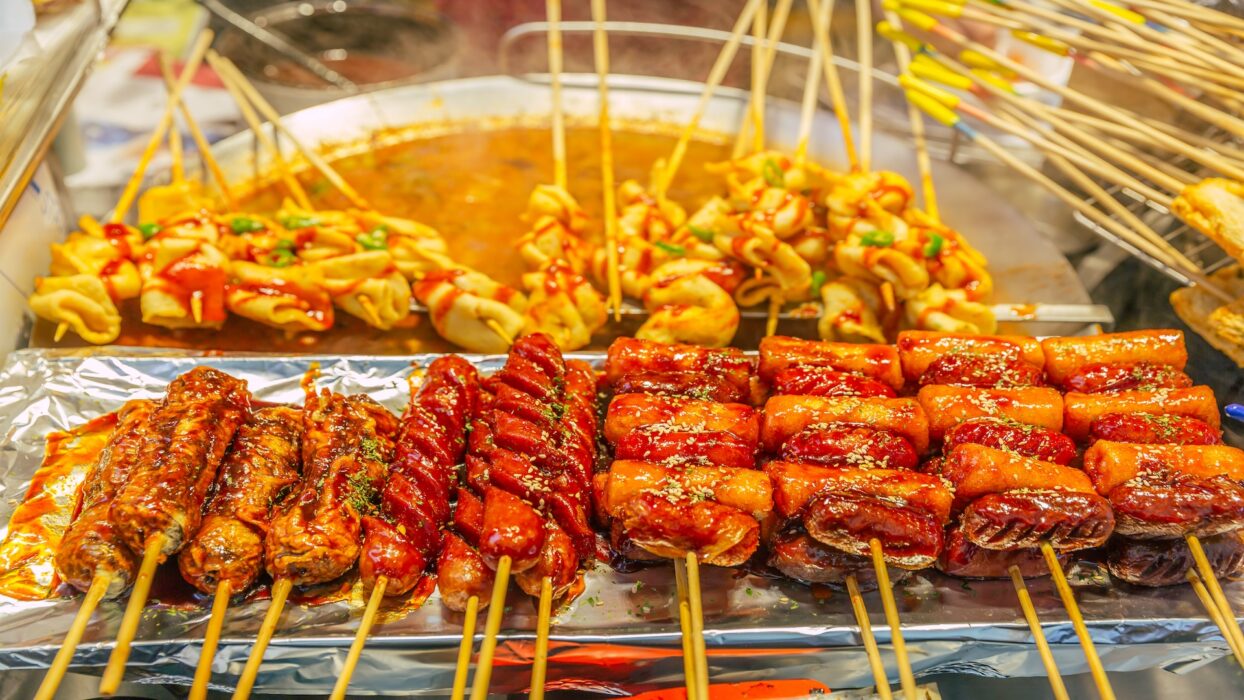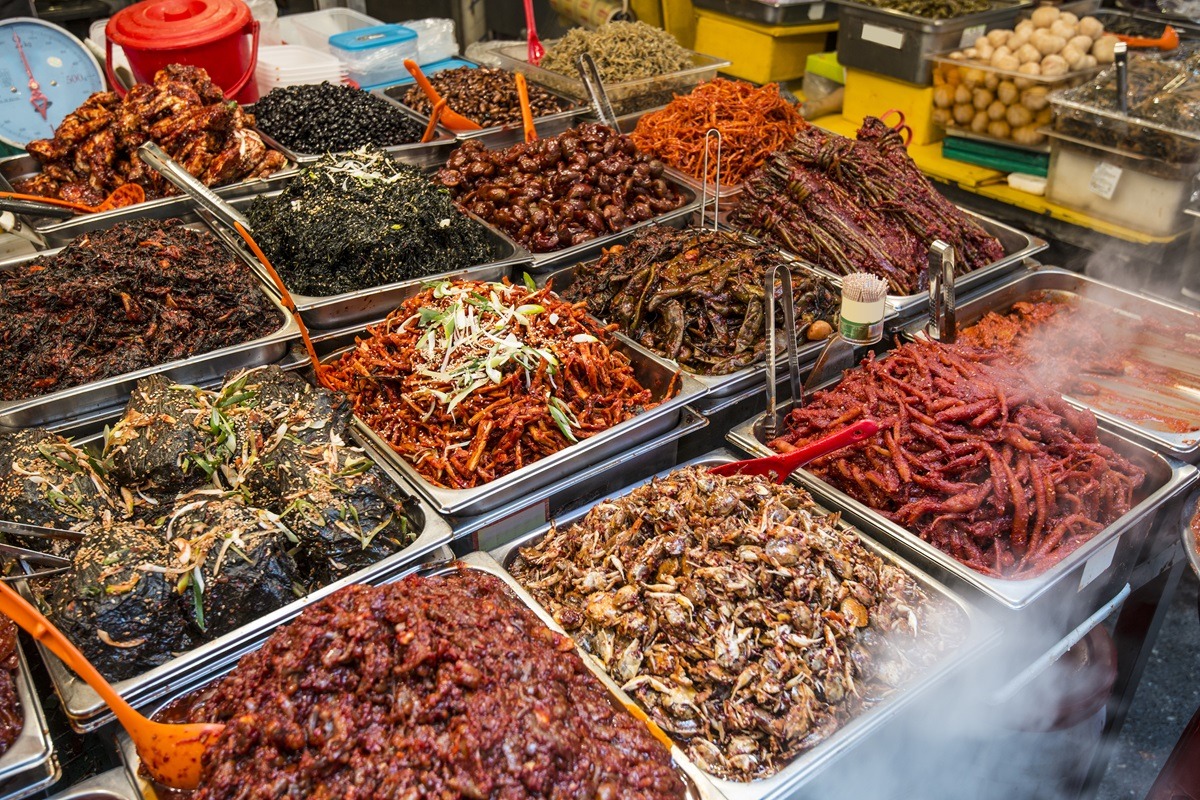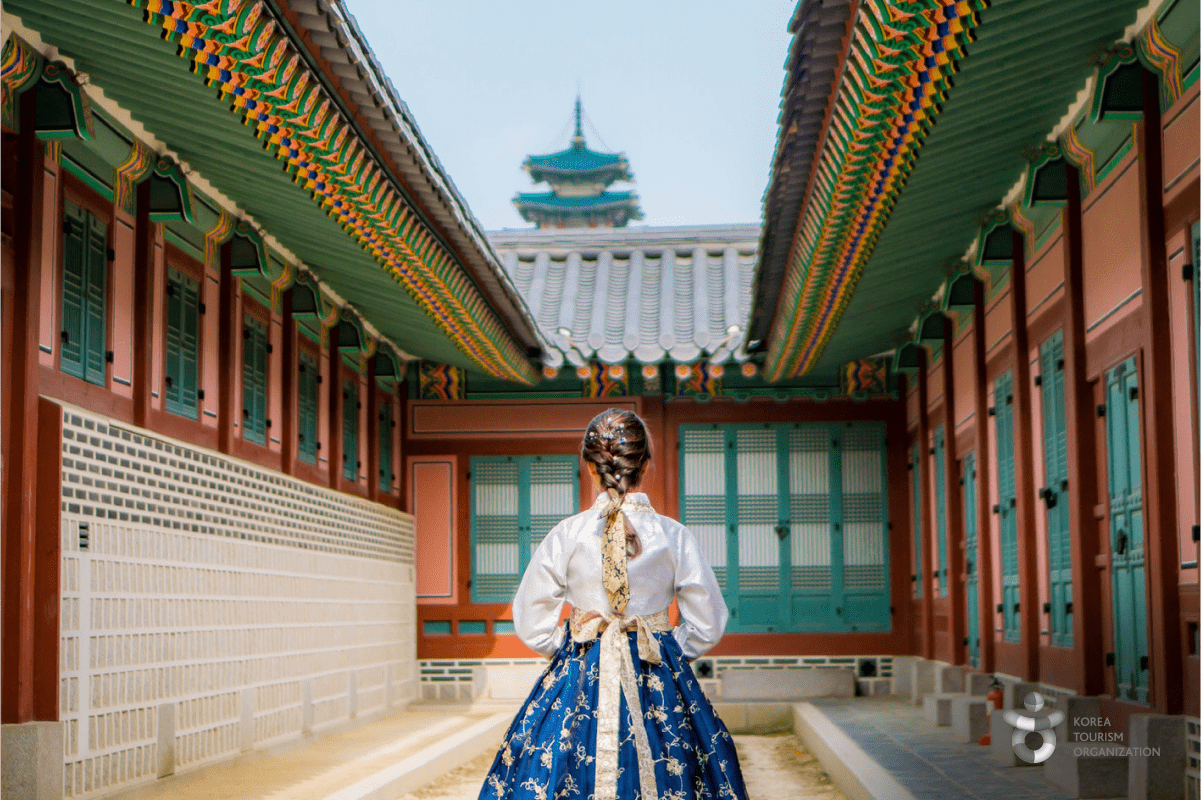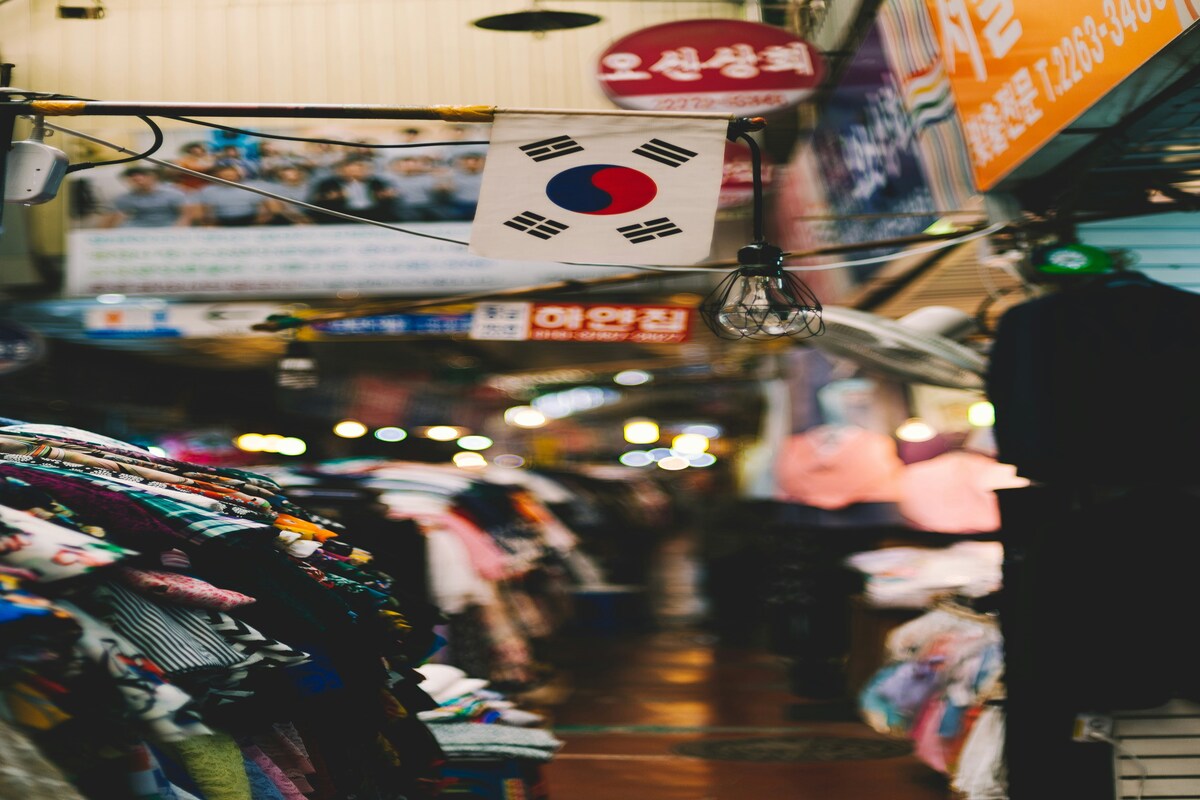Welcome to Gwangjang Market, one of Seoul’s most iconic and vibrant destinations. Whether you’re a seasoned traveler or a first-time visitor, this guide will help you navigate the bustling lanes of this traditional Korean market, offering insights into its rich history, delectable food options, and unique shopping experiences. Get ready to immerse yourself in the cultural heartbeat of Seoul!
A Brief Overview of Gwangjang Market
Founded in 1905, Gwangjang Market is Seoul’s oldest and most traditional market. It’s not just a place for locals to shop for everyday items, but also a significant cultural landmark. The market covers a vast area with over 5,000 shops and stalls, making it one of the largest markets in South Korea. Here, you can find everything from fresh produce and seafood, to textiles, kitchenware, and traditional Korean hanboks.
An Introduction to Korean Street Food at Gwangjang Market
If there’s one thing you must do at Gwangjang Market, it’s to indulge in Korean street food. The market is famous for its array of street food stalls, each offering a unique taste of traditional Korean cuisine. The aromatic scents and sizzling sounds will immediately entice you.
Bindaetteok (Mung Bean Pancakes)
One of the must-try dishes is Bindaetteok, a crispy and savory mung bean pancake. Made with ground mung beans, bean sprouts, and kimchi, it’s a hearty snack that’s perfect for any time of the day. Vendors usually prepare these pancakes fresh on large griddles, ensuring you a hot and satisfying bite.
Mayak Gimbap (Mini Seaweed Rice Rolls)
Another crowd favorite is Mayak Gimbap, often referred to as “addictive rice rolls”. These bite-sized rolls are filled with a mix of vegetables and rice, wrapped in seaweed, and served with a tangy mustard dipping sauce. Despite their simple ingredients, the flavor is incredibly moreish.
Eomuk (Fish Cake)
As you walk through the market, you’ll likely come across stalls selling Eomuk or fish cakes. These skewered delights are typically boiled in a flavorful broth and served with a cup of warm broth—a perfect treat, especially on colder days.
Shopping at Gwangjang Market
While food might be the main attraction, Gwangjang Market also has a lot to offer in terms of shopping. Whether you’re looking for souvenirs, traditional goods, or everyday items, the market’s wide variety of stalls ensures something for everyone.
Textiles and Clothing
Gwangjang Market is renowned for its extensive textile and clothing section. Here, you can find fabrics of all kinds, including silk, satin, and linen. It’s also a great place to purchase a custom-made hanbok, the traditional Korean dress. Many shops offer tailor services, allowing you to have a hanbok designed to your specifications.
Kitchenware and Cookware
If you enjoy cooking or need new kitchen supplies, this market is the place to be. Vendors sell high-quality knives, pots, pans, and other kitchen essentials at reasonable prices. Browsing through the kitchenware section can be a delightful experience, especially for culinary enthusiasts.
Antiques and Collectibles
For those interested in history, Gwangjang Market offers shops that sell antiques and collectibles. From vintage cameras and typewriters to traditional Korean pottery, the market is a treasure trove for collectors and history buffs alike.
Cultural Experiences at Gwangjang Market
Beyond shopping and eating, Gwangjang Market also offers various cultural experiences. This market is a microcosm of Korean culture, providing visitors with an immersive experience of local life.
Traditional Hanbok Rental
Many shops in Gwangjang Market offer hanbok rentals. Wearing a hanbok, even just for a few hours, provides a unique opportunity to immerse yourself in Korean culture. You can wear the hanbok as you explore the market, taking photos and creating cherished memories.
Food Tours
To truly appreciate the culinary delights of Gwangjang Market, consider joining a food tour. Local guides can provide insights into the history of the market, the significance of various dishes, and the stories behind some of the vendors. It’s an excellent way to discover hidden gems and taste a wide variety of foods.
Cooking Classes
Some vendors and local chefs offer cooking classes where you can learn to prepare traditional Korean dishes. These classes are hands-on and provide a great opportunity to delve deeper into Korean cuisine, equipping you with skills to recreate your favorite dishes back home.
Visiting Gwangjang Market as a tourist is a sensory journey through Seoul’s rich culinary and cultural tapestry. Amidst the vibrant alleys and bustling stalls, the market offers more than just a taste of traditional Korean cuisine; it provides a window into the heart of Korean daily life and heritage. As you bid farewell to this lively hub of flavors and history, you carry with you not just memories of delectable meals, but a deeper appreciation for the timeless charm and authenticity that define this iconic Seoul destination.























